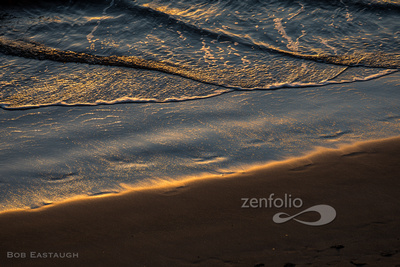Now for Something Completely Different: College Ski Racing
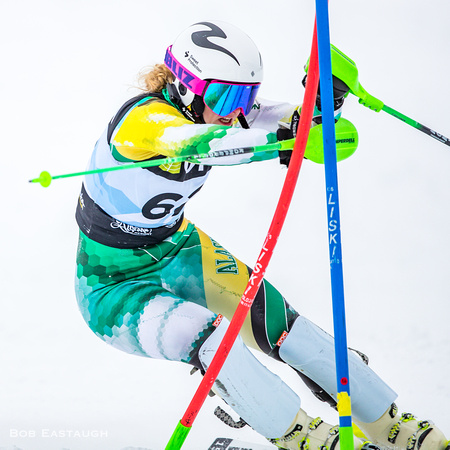

UAA Seawolf Senior Li Djurestaal, 2020
Alpine ski racing is very important to some, and pretty much below the radar of most. Particularly vulnerable these days are college ski teams, threatened by budget issues. New Mexico, a strong team, was shut down several years ago. The University of Alaska nearly shut down its ski teams in both Anchorage and Fairbanks four years ago, then relented. But this fall, the university's regents prospectively dissolved UAA's alpine team at the end of the 2020-21 season. The regents left the door to reinstatement very slightly ajar: if cash of $314,000 and pledges for another $314,000 (to cover two years of operating expenses) can be raised by December 31, 2020, the team will be reinstated.
For most, closure of the UAA alpine program might not seem noteworthy, much less problematic. But for those who appreciate athleticism and personal achievement against high odds, losing the team is a great setback. And for those of us who love alpine racing, it is a huge loss. The team members have brought very high level racing to Alaska. Watching them train and race is inspiring. Alpine racing requires strength and agility. Unlike many sports, there are many variables that change from day to day and even from turn to turn as a run progresses down the hill. Surface and atmospheric conditions, course sets, pitch, light, all change. A lot happens very quickly, so technical skills are essential. And tactical skills are also required so a racer can choose -- on the fly -- the optimal line. Watching ski racing on TV doesn't convey how fast things happen on the race hill. The best racers often make it look easy for television. A televised successful race run has a slow-motion inevitability that is hard to square with the spectacular and risky consequences of an unsuccessful run. But if you turn off the TV and stand beside a course, you begin to appreciate that these people are moving in complete control at close to terminal hill velocity, even through tight slalom courses. You become aware of the sound of steel on ice and the percussion of hand guards and armor striking slalom gates. It is exciting to see. It is a marvel of athleticism and great skill.
Losing the team loses this opportunity to see exciting skiing.
And it also means loss of inspiration. We all need inspiration, no matter what we do in life and how limited our own skills are. Most no longer run on a track, but watching a 100-meter sprint inevitably inspires. So do pole vaulting, butterfly, serious gymnastics. Most of us don't do those things, but it is exciting to see them performed at a high level. The UAA alpine team inspires young racers and forces older juniors who are trying to make their mark to raise their game to the higher level needed to be in the same races. And all of us practice some self-deception: we can fantasize that our edge angles and body positions mimic what we've just seen 30-point racers do. Of course we're not trying to make 9-meter turns on ice at one-second intervals around slalom gates or 50 2-G GS turns at 50 mph. But we've still been inspired enough to pretend.
There is also a loss of academic inspiration, especially for impressionable junior racers. The UAA team members are strong academic performers. They are reminders that high athletic achievement is not antithetical to high academic achievement.
And even more directly, higher level ski racing means aiming for FIS (International Ski Federation) races. UAA has been a magnet that has attracted FIS racers to local races. Losing UAA will gravely harm FIS development here. Alaska's juniors will lose a huge resource.
These are some of the ways the loss of the team hurts us, enthusiastic adults and ambitious juniors.
But it ultimately isn't about us, but about them, UAA's racers. It hurts the team's members, most of whom are not seniors. They have committed to being here; their homes and families are usually far away. They have dedicated themselves to a difficult sport in a place that is suddenly trying to close the door on them.
I recently interviewed four of them and followed five around while they toiled at the rigorous physical conditioning required to race (and to race sort of safely). And I have photographed the current team members and their predecessors on race and training courses for years.
Their interview comments conveyed the challenges they face as they balance academics and athletics and try to take incentive, rather than discouragement, from the prospect of the team's dissolution. I talked with two seniors, team captain Georgia Burgess and Li Djurestaal. The comments of both were thoughtful and mature. And both at least implicitly acknowledged the personal stress of training and studying while the team's future is at stake. Both worry about the impact on their underclass teammates and their coaches. And Djurestaal, from Stockholm, finds it incredible to think that although Alaska is famous for its mountains and winter conditions and is a natural place for alpine skiing and racing, the state might lose its only college athletic team that trains and races in the mountains. With friendly but persuasive emotion and the expertise expected of a ski-racing Swede, she asserts “Alaska provides the perfect opportunity for skiing.” She finds it remarkable - and distressing - that this opportunity might be jeopardized.
Can the campaign to raise $628,000 in cash and pledges in about 100 days possibly succeed? Maybe. But it will require a lot of generous contributions. Do enough people love the aesthetics of alpine racing and the inspiration this group of athletes provides? Maybe. Remarkably, one generous and altruistic donor, Dan Leever, has pledged up to $50,000 to match donations made for the team. The match was announced in SkiRacingMagazine. But a lot more donations will be required if the team is to be saved. Here is the donation site: https://314er.com/ Race lovers of the world, unite!
Here are some images of team members.
Recent dryland sessions at Hilltop Ski Area, Elite Performance, and UAA's weight room:




Racing up the steps by the jump hill:




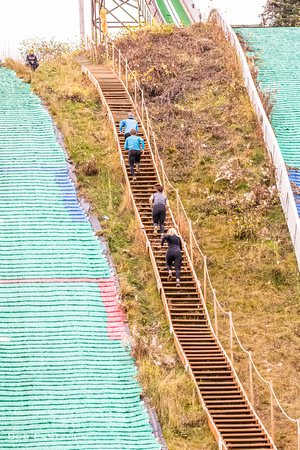





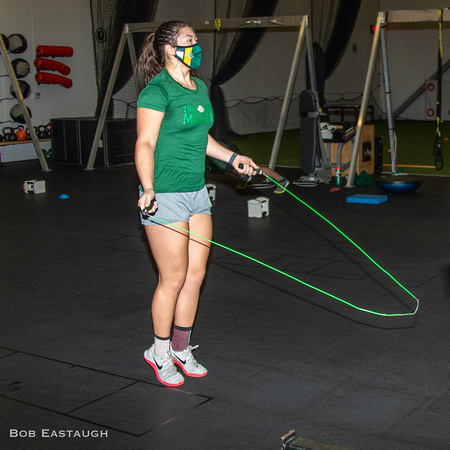



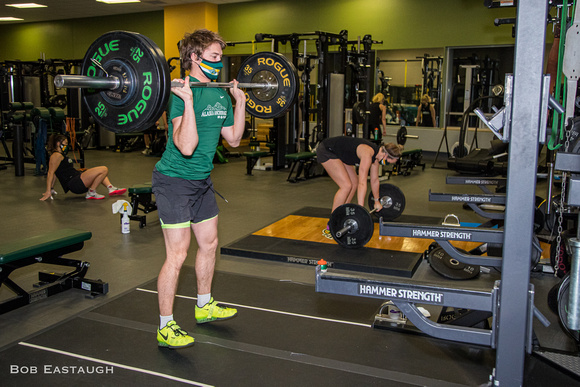

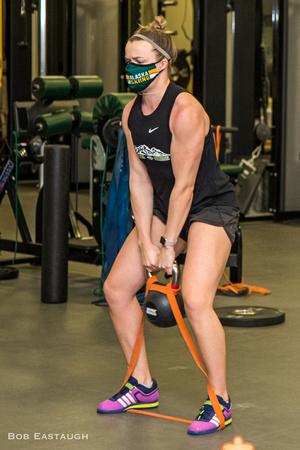





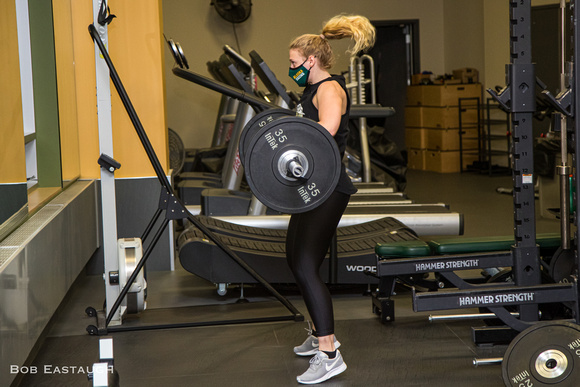







On hill, during the 2020 FIS races at Alyeska:
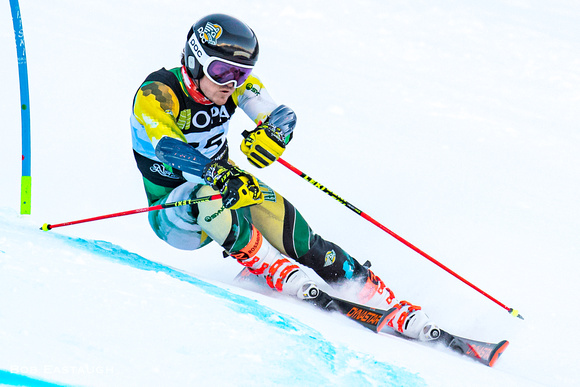













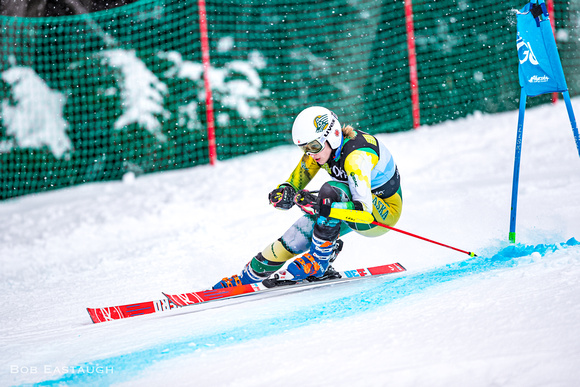





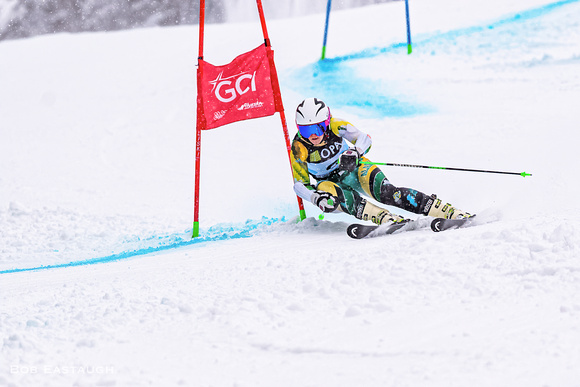













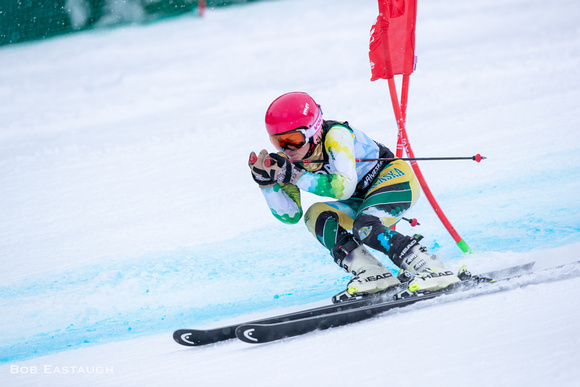











If you would like to see more (many more) photos of UAA racers on the hill or at dryland, please use this link to go to a group containing several UAA galleries:
https://bobeastaughimagery.zenfolio.com/f603443704
